Owls are specialized birds that have spherical heads and faces that are somewhat flat or dish-shaped. Their eyes face forward, and their bills are short and hooked. Although most are active at night or during the crepuscular period (the hours between dawn and dusk), it is possible to see some during the day.
There are other owl types that are more or less migratory, meaning they roam from place to place in search of abundant food and eventually settle there. Residents may have consistent families of three or four young each year, but nomads may have much younger during “good” years but none at all during other years. There is a population of owl types in every region of the planet that has both temperate and tropical climates.
Different Types of Owls
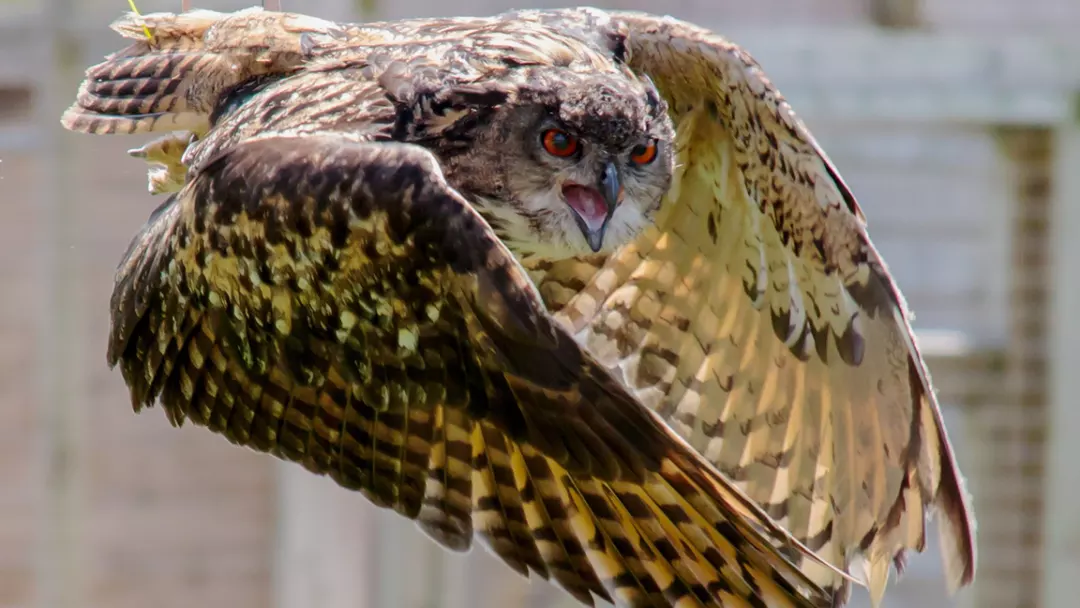
Owls are a species that we have never given much consideration to, yet they are rather intriguing Following are the different types of owls:
Barn Owl
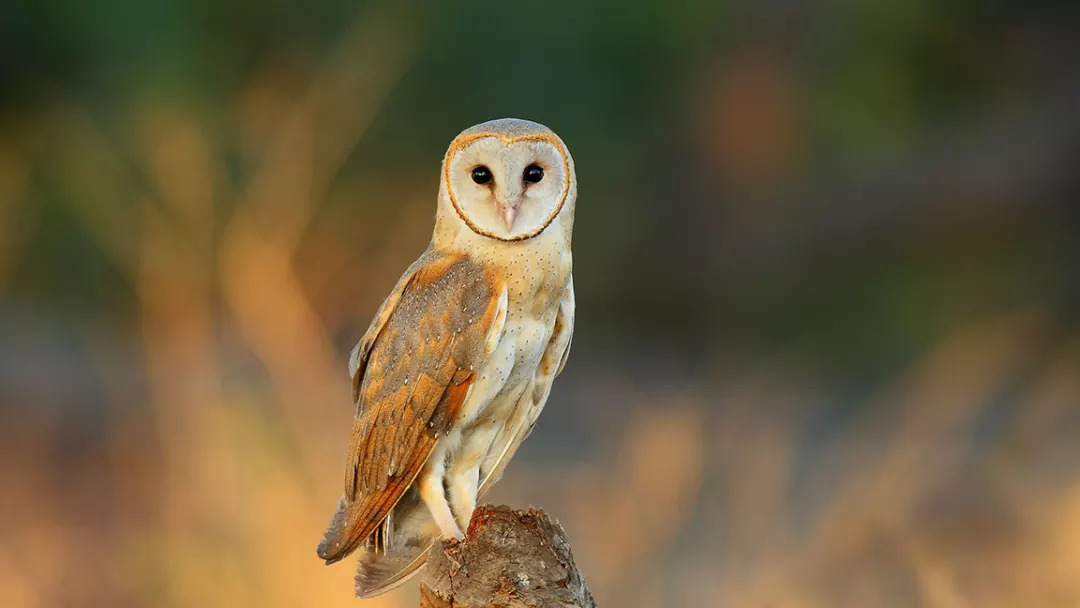
The barn owl is easily recognizable by its characteristic heart-shaped face, buff back and wings, and pure white underparts. Even though it was formerly common across the UK and the rest of the globe, this bird saw steep decreases in the 20th century, a trend that is often attributed to the widespread use of organochlorine pesticides like DDT in the 1950s and 1960s.
With the proviso that the Breeding Bird Survey does a poor job of tracking nocturnal species like the barn owl, it is possible that their population grew from 1995 to 2008. Barn owls are under both Schedule 1 and 9.
Tawny Owl

The tawny owl, although smaller than a woodpigeon, is still an owl. Its body and head are spherical, and its black eyes are framed by a ring of dark feathers on its face. In the United Kingdom, tawny owls often have a rusty brown upper surface and a lighter underside. Breeding populations of this bird may be found throughout England, Wales, and Scotland, but not in Ireland. Most birds live where they breed, and, likely, mated birds will never leave their territory. In the fall, young birds begin to move away from their nesting areas.
Little Owl
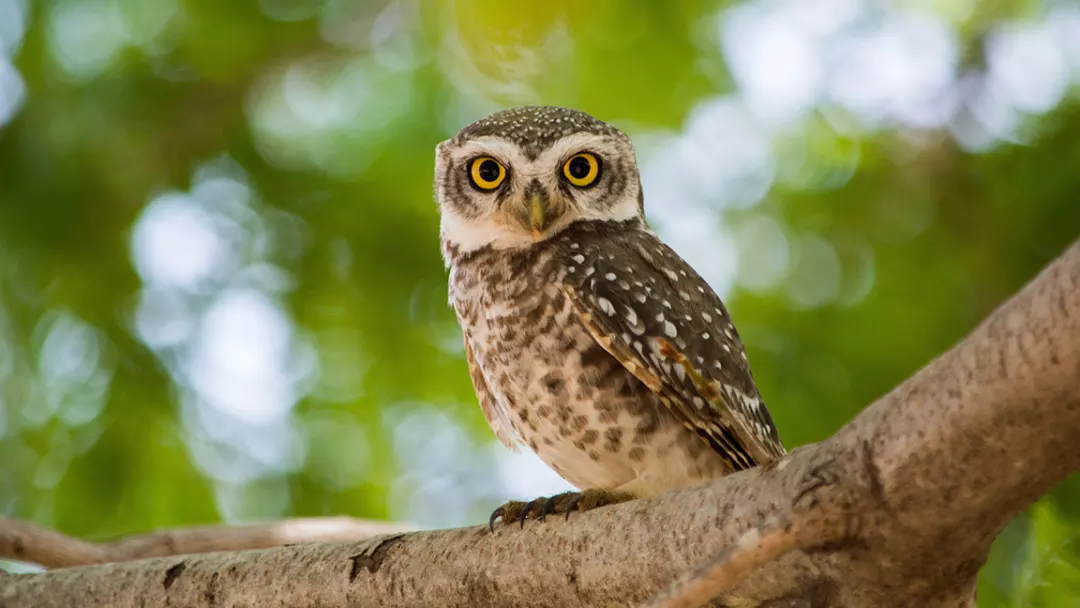
Small owls, such as the Barn Owl, were brought to the United Kingdom in the nineteenth century. In broad daylight, you may see it perched on a tree limb, telephone pole, or rock. If it becomes startled, its head will bounce up and down. The bird has long, rounded wings, flies with quick wingbeats, and undulates slightly as it moves through the air.
According to the Breeding Bird Survey, the small owl population in the United Kingdom dropped by an estimated 24 percent between 1995 and 2008.
Long-Eared Owl
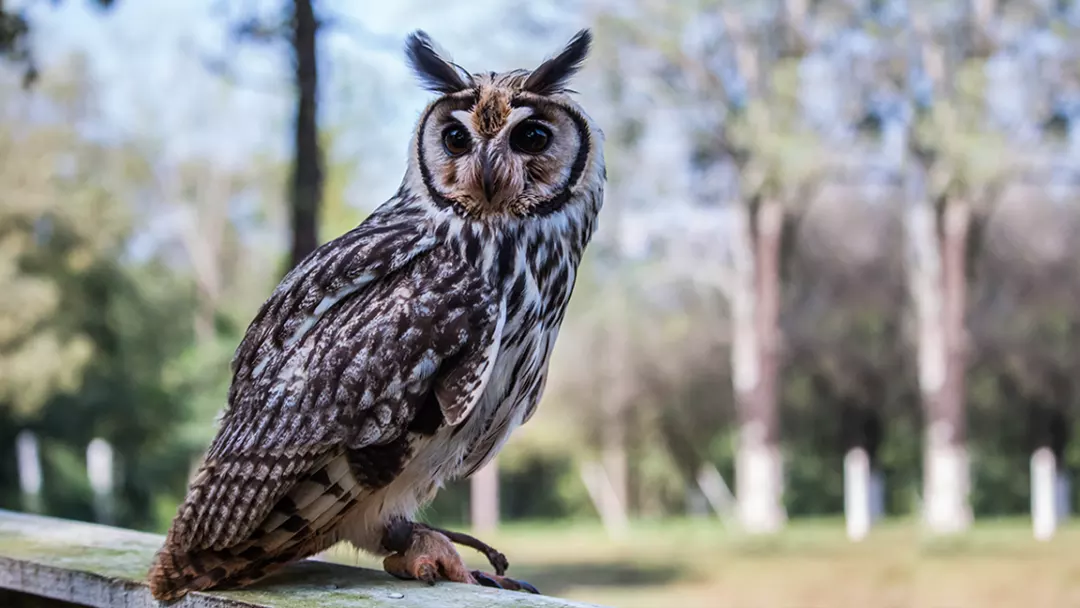
This owl is smaller than a woodpigeon but larger than a barn owl. It’s elongated and slender, with a tuft of feathers on its head that humans mistake for ears but which it raises when threatened. It has orange-red eyes and a buff-brown body.
There are fewer birds in the southwest and Wales, although it breeds over the whole of the United Kingdom. Birds in the north migrate south for the winter, with some traveling all the way from Europe to the UK, while those in the south tend to stay put or just travel small distances in search of food.
Short-Eared Owl
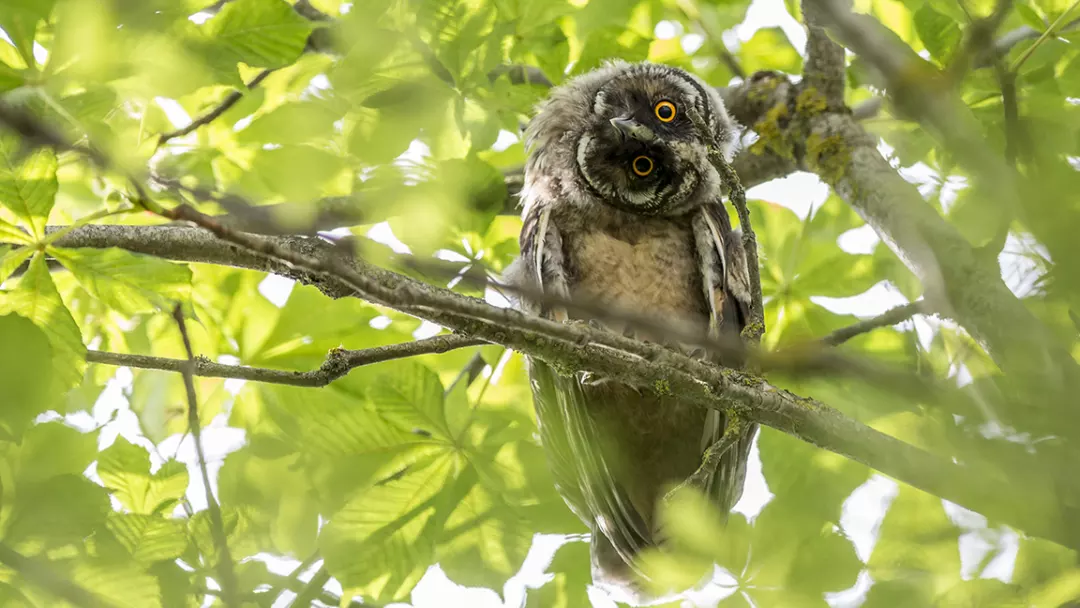
Short-eared owls are owls of modest size, with mottled brown bodies, white underwings, and yellow eyes. They often go out throughout the day to hunt. Northern, eastern, and some central and southern portions of England, particularly along the coast, see a yearly migration of continental birds (from Scandinavia, Russia, and Iceland) in the winter. They are an Amber List species because they pose a threat to European ecosystems.
Interesting Insights of Owl Breeds

- The biggest female eagle owls have 21-inch wings (54 cm).
- They have tube-shaped, fully immovable eyes.
- Owls vomit their prey’s bones, fur, and scales as pellets, which schoolchildren examine and study for ecology and biology.
- If food is limited, parents feed the strongest and oldest owlets first, starving the youngest.
- Owls are mysterious, magical, and wise. The moon symbolizes femininity, fertility, and wisdom. Owls symbolize Wisdom in Greek mythology (Athena).
- Owls are able to grasp and walk with the aid of their zygodactyl feet, which feature two forward-facing and two backward-facing toes.
- Owls and people live together; however, owls have attacked humans sometimes. In January 2013, a 50-cm eagle owl attacked a Scotsman, causing heavy blood and panic.
How Long Do Owl Species Live?
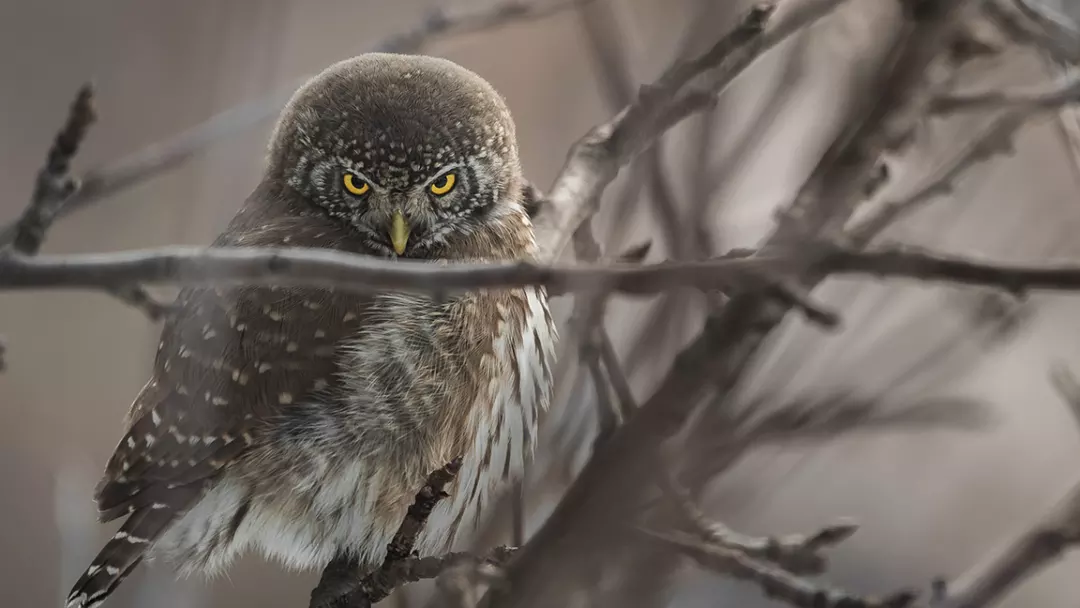
Various types of owl species have different life expectancies. Barn owls have a lifespan of roughly four years, but great horned owls may live for up to thirteen. The spotted eagle owl may survive up to 20 years in captivity, but only around 10 in the wild. Some species of owls are known to live for over 20 years.
What Do Owl Breeds Eat?
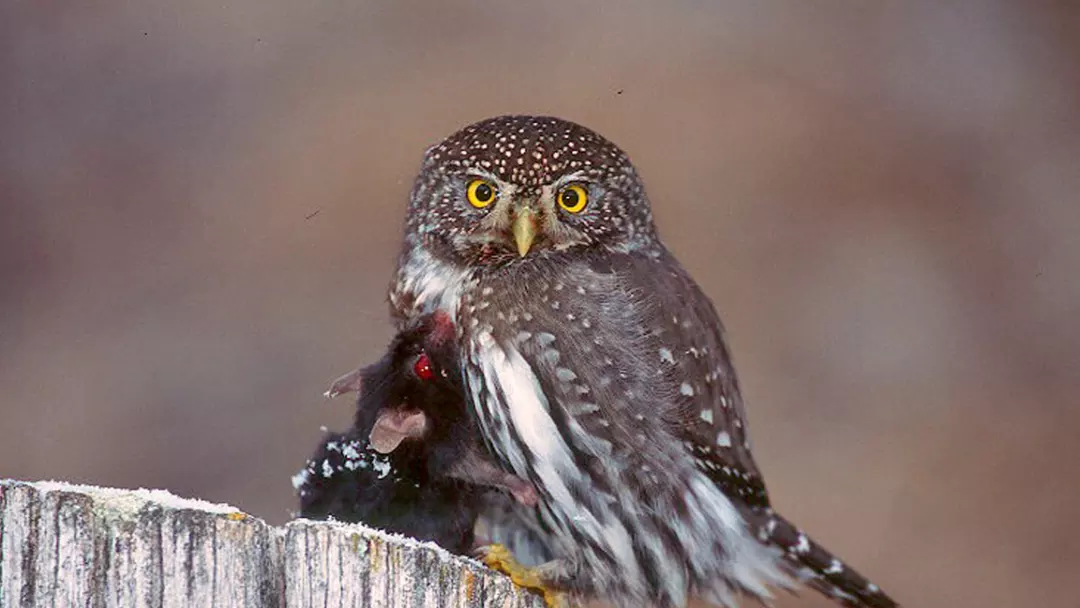
Among the greatest avian predators are owls, which prey on a wide variety of prey items including spiders, earthworms, insects, snails, reptiles, fish, birds, crabs, amphibians, and small mammals. The diets of some animals are very specialized.
Barn owls, on the other hand, are partial to voles, shrews, and mice, whereas scoops and screech owls, for example, are like insects. Bigger owls like the eagle owl eat hares, young foxes, ducks, and game birds. Owls are opportunistic hunters, meaning they will take advantage of any opportunity to hunt.

